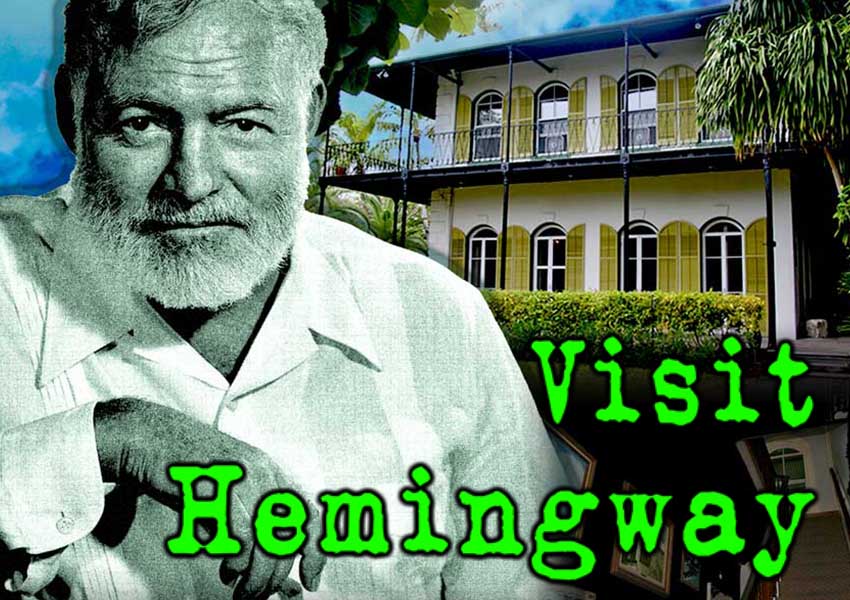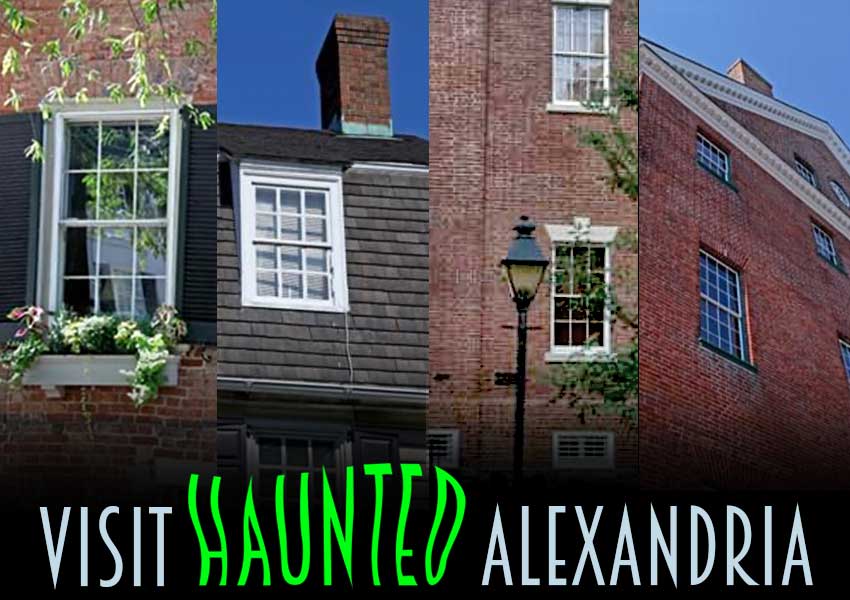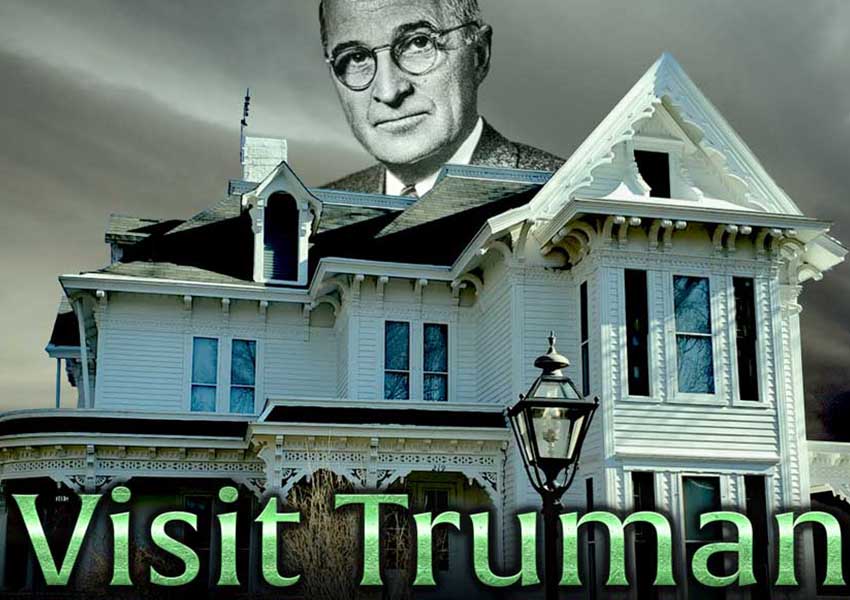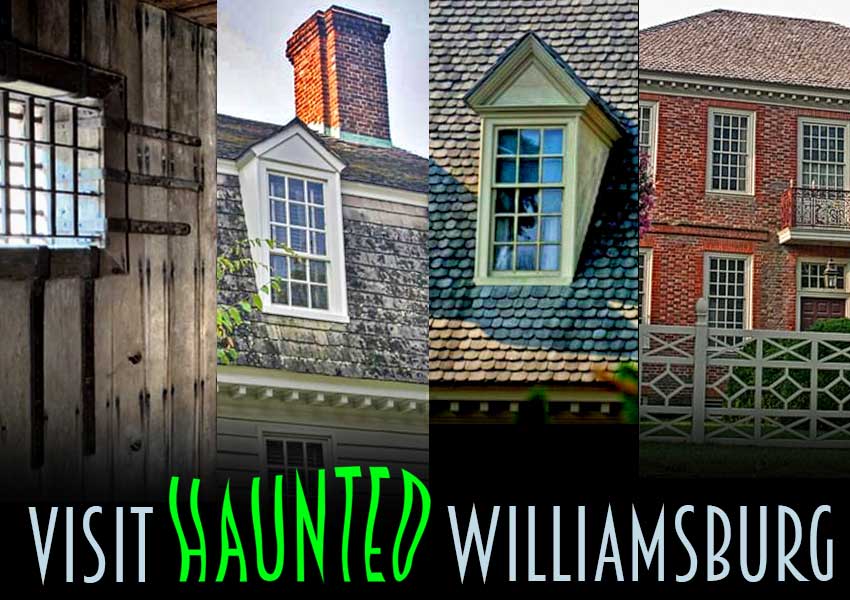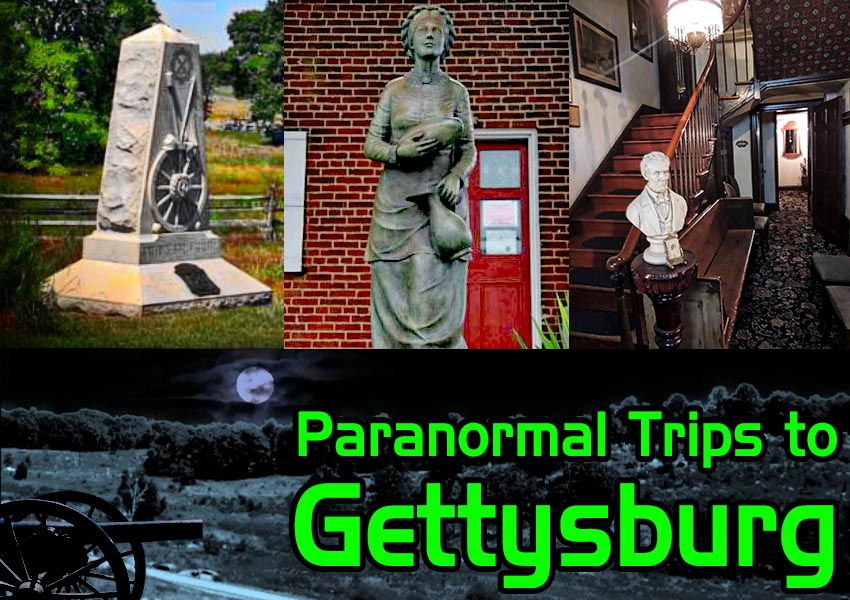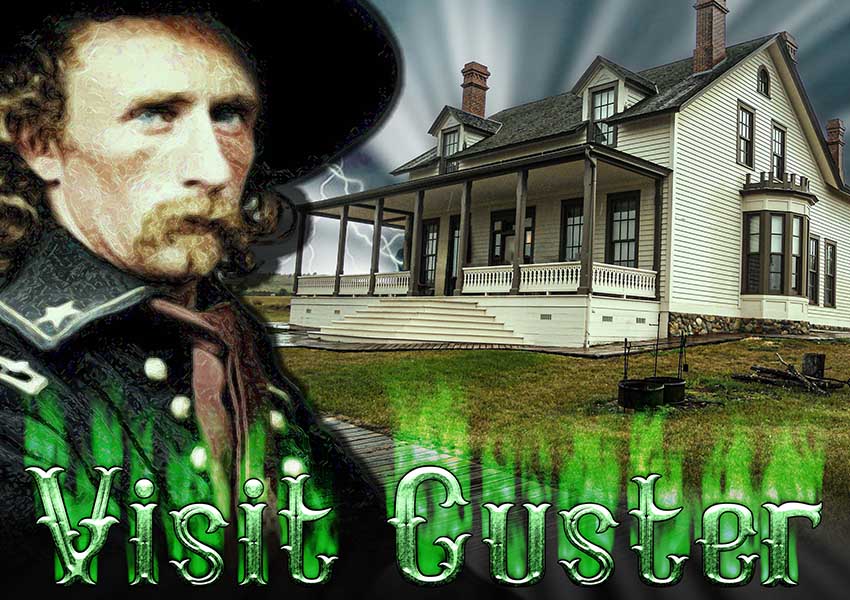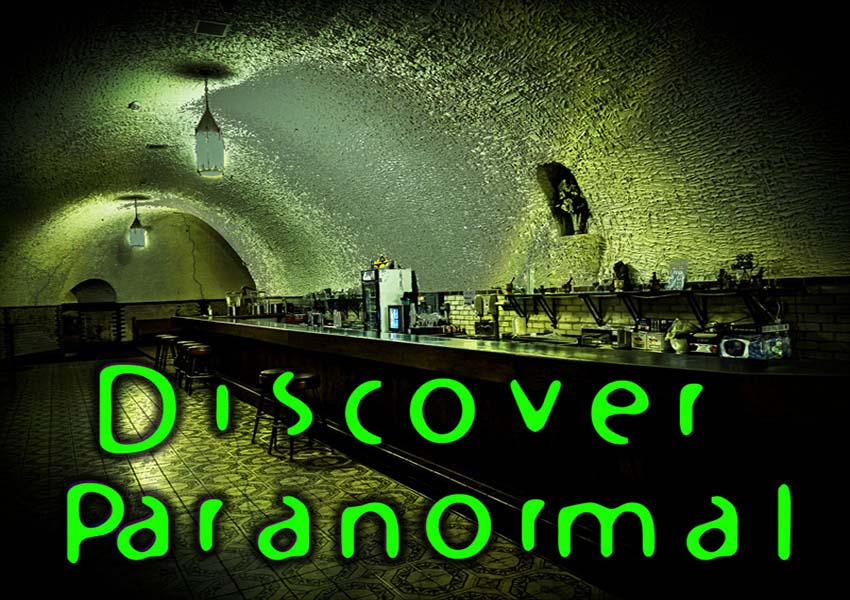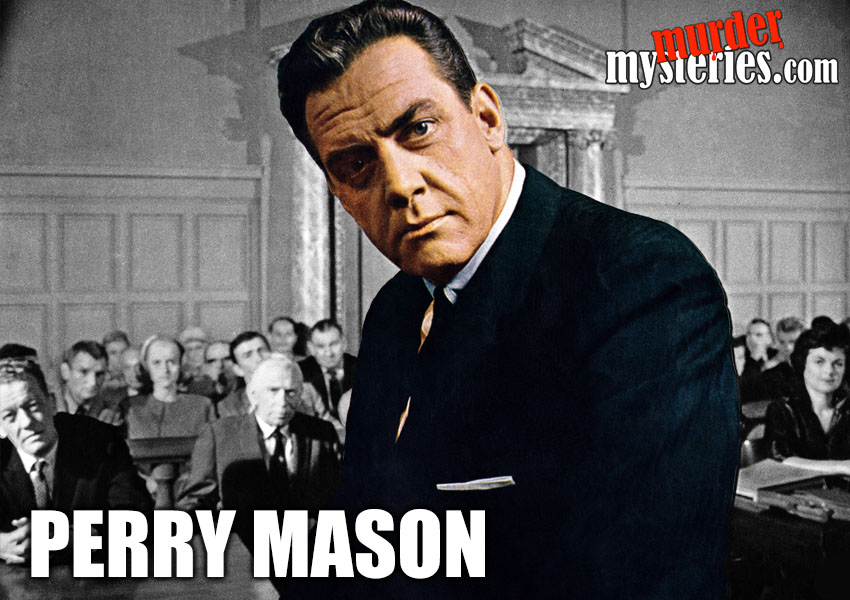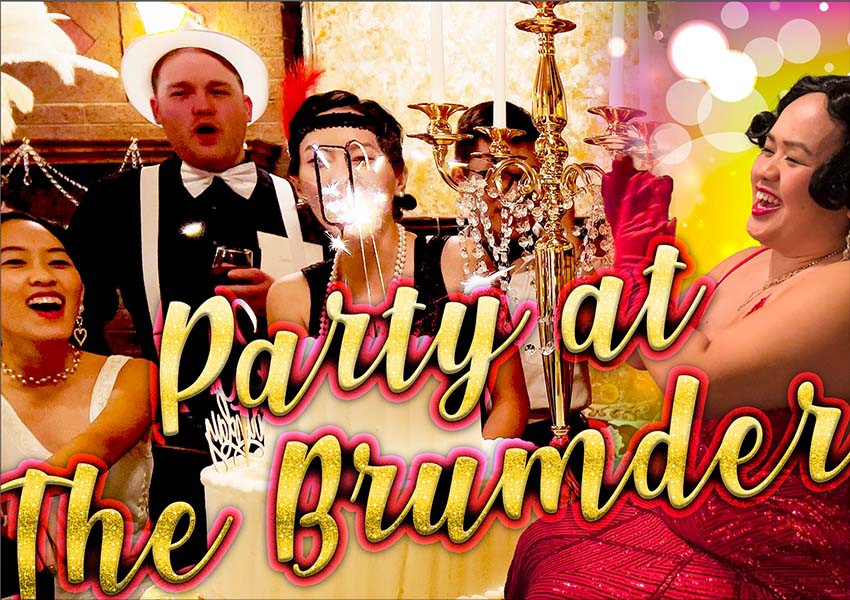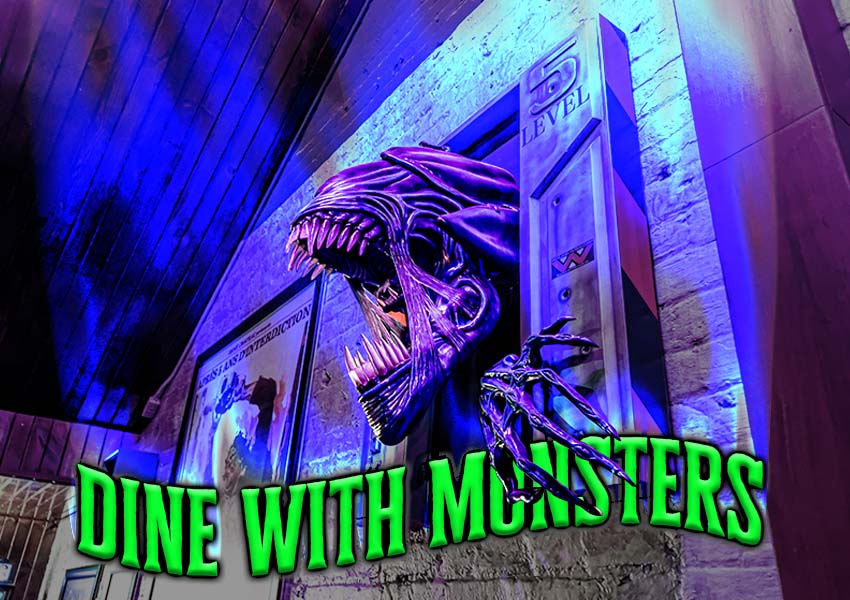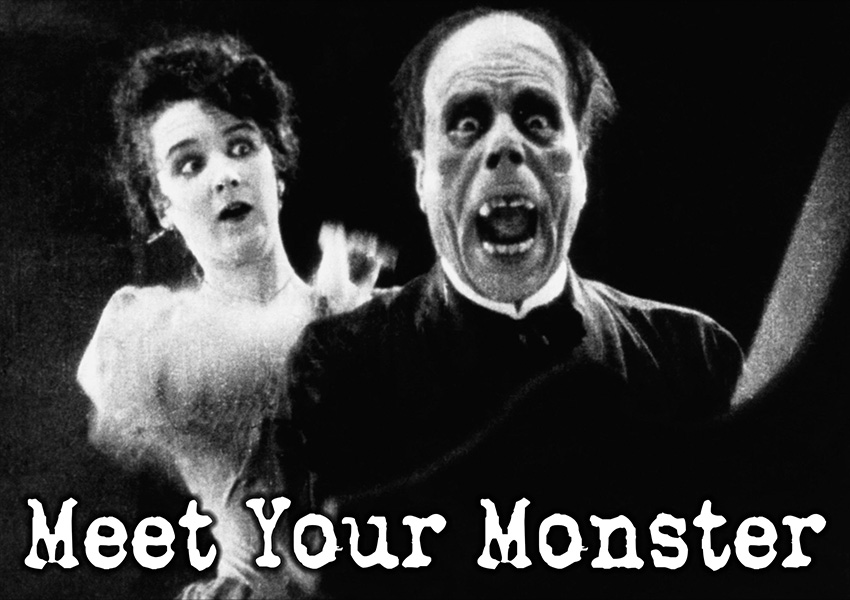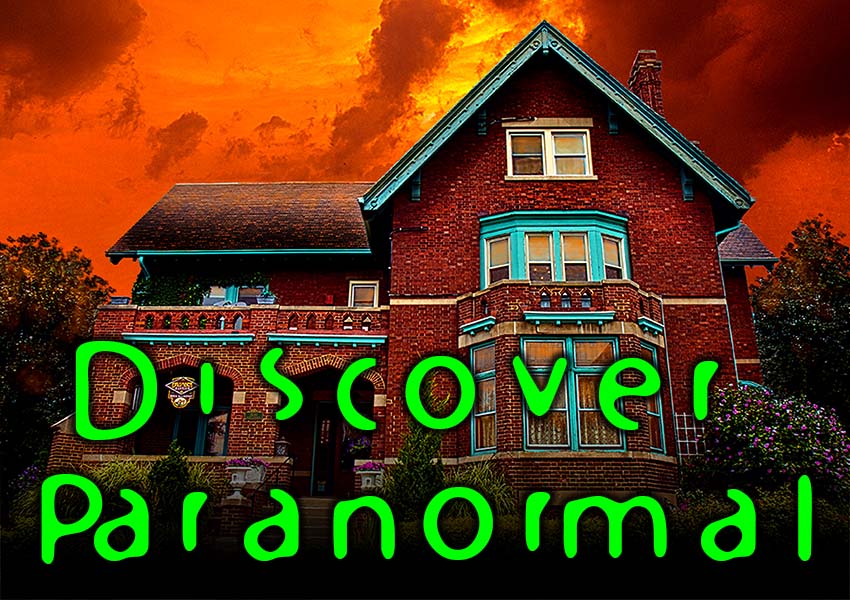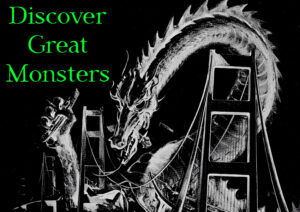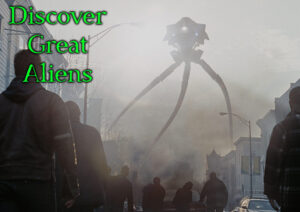Wilmington North Carolina
Thalian Hall
Past spectral thespians, still yearning to perform,
have found ways to satisfy their desires.

DESCRIPTION
The Thalian Hall Center for the Performing Arts is home to a Proscenium-style Main Stage, a Grand Ballroom/City Council Chambers and a Studio Theatre.
Thalian Hall is an impressive, handsome cream-colored building that has entry ways framed by Grecian pillars, and silvery gray pillar tops, with the customary triangle at the top. There are large, curved at the top Victorian windows, with brown highlights.
The inside is dazzling as well, described as being ”graciously decorated”. The auditorium of the Main Stage carries on the theme of Greece and Victorian influences. There are three levels of seating; the first floor, and two balcony levels. In 1909, the side balcony section was removed, and the ornate proscenium arch and electric stage lights were put in and connected, one of many remodeling/renovation/restoration projects.
The theatre has evolved and changed over the years to make room for all the people wanting to become involved in the programs and activities here at Thalian Hall Center. People have been and continue to be determined to make it all work for everyone, while saving the original theatre at the same time.
HISTORY
The city of Wilmington has long been enthusiastically supportive of the arts and acts of entertainment. A theatre of some kind with a variety of names has stood on this property since 1805! In 1803, the Trustees of the Wilmington Academy, under a bequest by Colonel James Innes, began getting bids for the construction of a new building, in which a theatre would find a home. The first theatre was “70 feet long by 40 feet wide and 30 feet high including the foundation”, and called Innes Academy. The gentlemen of the Wilmington Thalian Association, a group of thespians called The Thalian Theatre Group, formed in 1788, presented productions, enthusiastically received by the citizenry. In between such productions, many famous touring actors performed on its stage. Major Theatre Companies continued come to Wilmington to perform on the theatre’s stage.
The second, grander theatre building, the current building, was built in 1858 by one of the leading 19th century theatre architects, by John Montague Trimble, who had built 40 such theatres before he went blind. Thalian Hall is the only Trimble theatre still standing. This 1858 building was a versatile one, as it was home to Wilmington town government, the library, as well as the city’s Opera House, with seating for 1,000 people.
During The Civil War, it was the main source of entertainment, because it was leased to private individuals and theatre companies, who booked road shows and well-known attractions and performers, from 1860-1936.
For example, from 1867-1871, theatre promoter, John T. Ford, who had owned Ford’s Theatre in Washington D.C. where Lincoln was shot, leased Thalian Hall, changing the name to simply “The Wilmington Opera House.” During the 1909 renovation, the name was changed to the “Academy of Music”. In 1933, the name was changed again to Thalian Hall. Thalian Hall was named for the Patron Goddess, Thalia, the Muse of Comedy. Sometime along the way, the name was changed to Thalian Hall Center for the Performing Arts.
In the 1800s through the early 1930s, such well known performers as “Lillian Russell, Buffalo Bill Cody, John Phillip Sousa, Joseph Jefferson, Maurice Barrymore, and Sir Henry Lauder” graced the stage and entertained many. The last of the great road shows was in 1928, when Ziegfeld Follies blew into town. Between the big shows, local talent participated in local events, much to the pleasure of residents of the city. The people of Wilmington enjoyed “amateur concerts, recitals, meetings, graduations, exhibitions, and even roller-skating”.
Despite the $50,000 Works Progress Administration Grant Thalian Hall received for renovations and performances during the Depression years, the building was aging in big ways, and it’s deterioration problems, like a wall falling down, pushed the envelope toward the possibility of demolition and rebuilding, several times in the 1930s and 1940s. But, the determined people of Wilmington rallied forces and supported their beloved theatre, not allowing it to be torn down. Money was raised one way or another to both upgrade the theatre’s structure and make small improvements, throughout the years making it viable to use for their events. They formed an organization with clout, Thalian Hall Commission. This organization incorporated in 1963, and has been a driving force in the upkeep and restoration of Wilmington’s grand old dame.
After the Second World War, a new series of renovations took place, due to the efforts of the care-taking organization, Thalian Hall Commission. However, when a small fire in the first floor auditorium devastated the decor in 1973, people were inspired to restore the theatre to resemble its turn-of-the-century appearance, under the watchful eye of the Thalian Hall Commission, Inc. After reopening in 1975, the results seen in the theatre because of this renovation and restoration stimulated a dramatic increase of concerts, plays and events by professional artists and community groups, which greatly increased audience attendance, bringing in more funds, a much welcomed occurrence.
However, more improvements needed to be made, to keep this theatre a viable place for future artistic events. In 1983, a master plan was put together with the goal of expanding the theatre and the upgrade and renovation of the stage, at a cost of 5 million dollars. After launching a major capital campaign, over 2 million dollars was raised by the private sector; (1.7 million bond sales) and state help, with the city of Wilmington giving the remainder of the money needed for this grand undertaking.
This expanded Thalian Hall/City Hall complex construction got underway in 1988, and was finished 18 months later. To celebrate the grand reopening of the newly improved Thalian Hall/City Hall on March 2nd, 1990, a performing arts festival was presented by visiting artists and local arts organizations, for two weeks. Today, Thalian Hall Center for the Performing Arts is very busy offering 422 events attended by nearly 80,000 people in its artistic and theatrical events, activities, shows and concerts a year, as well as presenting films, in their Cinematique program. This film series offers showing of classic, foreign, and notable films. There is something for everyone, from young to senior citizens. New renovation & building projects are on-going to make room for this high flow of use.
HISTORY OF MANIFESTATIONS
Structures built upon land that has graves or had graves sometimes have spirits move in with them for chuckles, especially when remains are disturbed or moved.
Thalian Hall was built upon a sand dune that was the final resting place of native Americans. During renovation efforts, Skeletal remains were found under the floor of the theater, in 1988 and 2010.
Restoration and renovation of buildings/structures has been known to act as a paranormal trigger, drawing spirits who loved the building back into this world to remember their own good times, and to watch, help or kibitz the living.
Thalian Hall went through a series of renovation and restoration projects to keep the building usable and viable for both the arts-loving public, and the civic needs of the community.
People who love being involved with the arts, sometimes don’t want to give the whole experience up when they pass, and stick around to enjoy their craft through living musicians, thespians as they perform, or by actually finding ways to help artists or the management teams in charge of the building of performing arts where this all happens.
This is a believable theory as to who the spirits may be that have been identified in this building.
MANIFESTATIONS
Two male entities and a female entity
Apparently theatre artists of the spiritual kind. Enjoy watching, and experiencing the theatre and its productions! While longing to be in one more stage production, these spirits satisfy their desires to perform by watching, teasing and helping this era’s thespians.
For years, during the rehearsals for various productions on the Main Stage, actors and actresses have often reported seeing these entities’ clear apparitions, wearing Edwardian Costume attire, or have felt their strong presences: They like to wander around the balcony during rehearsals, perhaps letting the actors on the Main Theatre stage know that they are watching them, sort of like stage mothers.
These three entities’ unseen presences have been strongly felt back stage, in the dressing rooms, in the bathrooms, in the corridors as well as the main lobby.
The actors and those involved with productions have felt “cold spots”.
The actors and those involved with productions have also heard eerie sounds, and echoes of disembodied voices.
The incident of the director’s little dog
Somehow it managed by itself to go up to the second balcony, the gallery, and something threw it over the railing.
It fell two floors but wasn’t hurt, as something appeared to catch it.
Seems like some unseen presences wanted to get the attention of this director for some reason.
Still Learning
These three entities also enjoy studying the tools of the trade used in today’s productions.
These entities on occasion may borrow tools, scripts, make-up and other items of the modern thespian world of performance, to perhaps satisfy their own curiosity. Items are always returned, but not always found where they were last put by the living.
STILL HAUNTED?
Most Probably So; though published, hard evidence caught on tape or film is hard to find. It would be nice to see and hear more evidence, like EVPs’, but paranormal groups now days don’t like to or don’t have permission to share what they’ve found on line. Other paranormal groups have been known to steal hard evidence of other groups. Many haunted locations don’t want the publicity of their spirits being in the house, so any evidence caught during an investigation is kept private.
However, the personal sightings and experiences of so many people compels me to think that former actors/actresses are indeed in this theatre. The same apparitions are sighted, and the clear descriptions of them that have been reported throughout the years, highly suggests that there are theatre enthusiasts from the spirit world hanging around the theater. Plus, the hearing of disembodied voices, having items disappear, and reappear in different places, and the feeling of something in the room with you back stage are tell-tale signs of spiritual residents or visitors. The incident of the dog is pretty wild as well.
Personal experiences of actors and staff are reported on Thalian Hall’s website, as well as in comment pages of several websites.
Well respected author and investigator William Dennis Hauck lists Thalian Hall as a haunted location in his book, and reports the activity in the balcony areas.
Not much hard evidence can be found on line or in print for that matter. I did find a link of an interesting video. It was claimed in a YouTube video (see following link), that one of these entities was caught on digital film on the main stage. This was during a paranormal investigation led by Steve Coley. I’m not convinced that it was an apparition, because it is out of focus, so brief, and we can’t get a good look at it. It’s possible but not convincing on a scientific level.
LOCATION
310 Chestnut Street
Wilmington, NC 28401
Main: 910-632-2241
Box Office: 910-632-2285
Toll Free: 1-800-523-2820
The stunning Thalian Hall Center for the Performing Arts building and complex can be found on the corner of N. 3rd Street and Chestnut Street. Take Market St. west to N. 3rd Street. Turn right onto N. 3rd Street and pass Princess St.- Chestnut Street is the next street.

SOURCES INCLUDE
- lindasfranklin.com
- thalianhall.com
- volunteermatch.org
- HAUNTED PLACES: The National Directory, by William Dennis Hauck, Penguin Books. 2002
- thalianhall.com/index.php?flag=haunted_hall
- ncmarkers.com
- query.nytimes.com
- The Tony Rivenbark Research Archive/A Detailed History of Thalian Hall Click here to view a printable PDF of this document. (Based on “History of Theatre in Wilmington” by Tony Rivenbark published in Time, Talent, and Tradition, 1995)
Our Haunted Paranormal Stories are Written by Julie Carr





